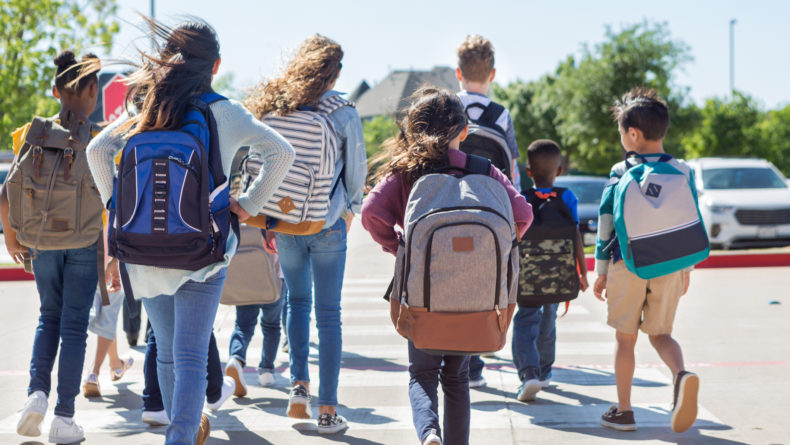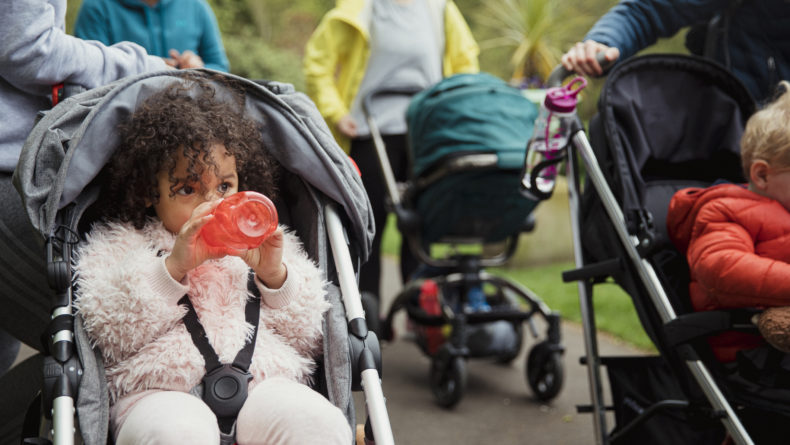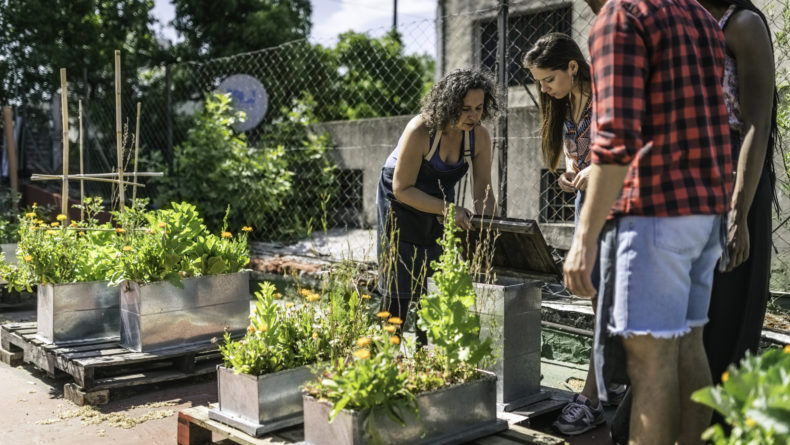How Nishimachi International School Is Shaping The School Of Tomorrow
Transforming A Challenge Into An Opportunity
As the 2020-2021 school year is about to start at Nishimachi International School, we look back at the challenges this Tokyo international school had to face in 2020 and how they adapted—heading towards the school of tomorrow.
“Less screen time for kids” resolutions took a strong hit when Covid-19 pandemic wreaked havoc on regular schooling in Japan. As social distancing measures became crucial for everyone, Nishimachi International School quickly implemented a safe distance learning environment so that children could keep up with their curriculum in the smoothest way possible.
From online activities to an online campus
Nishimachi was able to react so quickly this March mainly thanks to its pre-existing technology enhanced curriculum. The school combines two main features in order to offer all kids the same chances when it comes to learning: a supply of digital resources as well as a 1:1 device provision.
Even before the lockdown hit us, a wide range of digital resources was made available to children in order to develop their skills in the digital field—preparing them to live and work in our digital era. We learned how to co-exist with the digital world—from live chats to brand new phones—but these children are growing up with them. Not only do they need to learn using them from a young age but also how to incorporate them into their learning process in order to make the best out of it.
But even if we all have access to the same online resources, not everyone is equal when it comes to devices. We tend to think that anyone can easily have access to a phone, computer, or tablet at home but we are not all equipped the same, nor are parents all comfortable with every kind of device. Nishimachi implemented a 1:1 device provision in order to offer an integrated experience as well as the same chances to every one of its students when it comes to learning and growing up.
Needless to say, the switch from online activities to a fully remote campus was easy as the tools were already in the hands of the teachers, and the students. The enhanced learning experience environment immediately became an online campus to protect everyone during the Covid-19 lockdown.
Adapting to the New Normal
On Mar. 3, 2020, remote learning began at Nishimachi. Nobody knew at that time how long and intense the lockdown would in Japan. It was already clear at that time that going back was not possible: we had to adapt to a new normal in our everyday lives, and in schooling as well. Staying true to its promise to nurture “digitally advanced students”, Nishimachi took the challenge to transform the school lockdown into a new form of schooling.
Of course, a few adjustments had to be made. The school assessed the necessity to adapt their measures to all ages instead of adopting a standardized process for every class. Since the learning process is different depending on how your brain is formed or how your social behaviors are developed, it is mandatory to imagine a different kind of learning environment for children to strive in their studies.
Another cornerstone of this new type of learning is the degree of parents’ involvement in daily tasks. From the very beginning, Nishimachi took the necessary steps to include them in the remote learning process by creating a special eLearning website for parents to get accustomed to this all-new range of online tools. Not only can they get guides and tips there, but this website also gathered feedback from them in order to improve the remote learning system every step of the way.
It is mandatory to imagine a different kind of learning environment for children to strive in their studies.
This interactive platform allowed them to quickly spot parents’ concerns and take immediate counteractions: an increase of offline learning experiences to decrease screen time, as well as daily check-in with everyone, to increase social interactions.
A tailored learning environment
For group sessions, Nishimachi relies on Zoom—a now worldwide known group video tool. Here, they can reenact a classroom with whiteboards, videos, and screen sharing options, but also break down the class into smaller groups of students so that they can work together on projects. But a class doesn’t stop at a teacher explaining to students… Nishimachi is also using several tools such as Padlets, SeeSaw, or Flipgrid to think, record ideas, work, and also gather feedback. There is much more to education than only speaking and listening, and the school strives to bring every layer of teaching into their online campus.
If teachers had to take the leap to digital tools in every aspect of their work, children also had to learn how to view something that was linked to having fun with friends or communication as a “working tool”. It is tiring for children—and adults—to spend all day in front of the screen. Teachers are saying that one of the disadvantages of this system is an increase in having to chase students as they are less reachable than inside a classroom. A new responsibility of teachers in online learning was to make children more comfortable attending classes from their homes in front of a screen.
What the Future holds for Nishimachi International School
As the situation is not yet stable, Nishimachi is regularly consulting with physicians and checking Japan’s government guidelines to make a decision on which path they will take in late August, when the new school year begins. Assessing the situation on a day-by-day basis, they will implement a progressive scale from low risk to high risk of transmission in order to adapt schooling activities in the safest way possible.
In practice, that means that the school will offer three possible adaptive systems ranging from on-site education to online education, with a hybrid learning model in between. The school uploaded a detailed program called “Approaches to August” to explain everything from how they created their risk scales to these three features that will support teaching and learning.
For any other questions, the answers will be in their FAQ for the 2020-2021 school year, with an answer to every imaginable situation that Covid-19 could create in the future.
The world changes, and you have to change with it. This case is one example of an adaptive and digital transformation that helps us foresee the future of schooling. The recent developments in the field of technology, the internet, or, more sadly, pandemic countermeasures are surely impacting the way we are shaping the future—and Nishimachi International School is paving the way for schooling.




















Leave a Reply